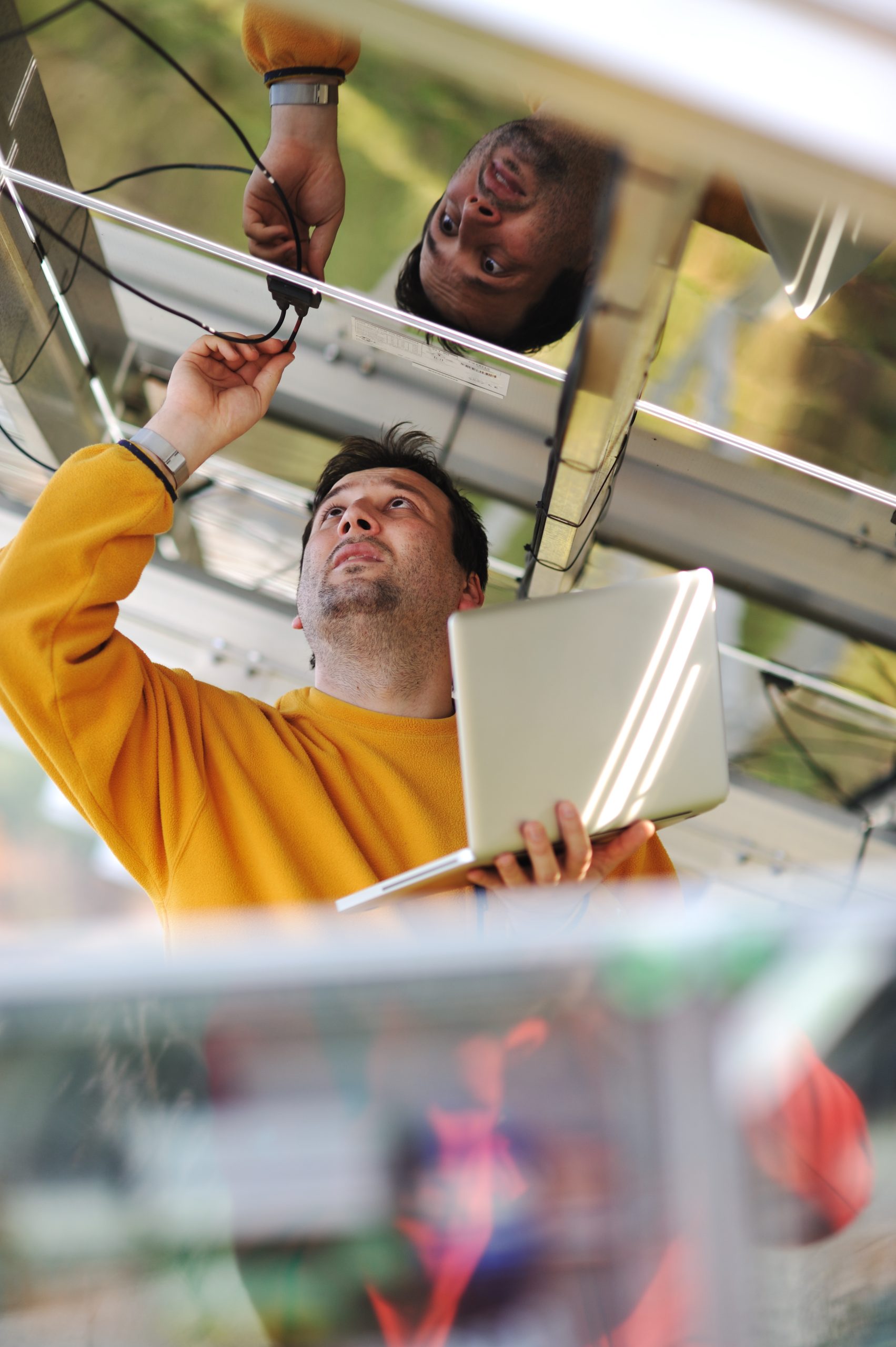Introduction to Solar Power and Its Benefits:
Solar power is a renewable source of energy that has been gaining popularity in recent years. It’s no surprise why – solar panels can help you save money on your electric bill, reduce your carbon footprint, and even provide backup power during blackouts. With the increasing demand for sustainable energy sources, many people are considering installing their own solar panels at home. But is it possible? And if so, what do you need to know before getting started? Let’s find out!
The Cost of Installing Your Own Solar Panels:
While installing your own solar panels may seem like an expensive endeavor upfront, it can actually save you money over time. The cost of installation varies depending on several factors such as location, system size, and equipment quality. On average, residential solar panel systems range from $10,000 to $25,000 after tax credits and rebates. However, with proper planning and research, you can significantly lower these costs by doing some or all of the work yourself.
Choosing the Best Solar Power Generator for Your Needs:
There are various types of solar generators available on the market today, ranging from portable units designed for camping trips to large-scale commercial systems used by businesses. When choosing a generator, consider your specific needs and budget. Factors to consider include the amount of power you require, the type of battery used (lead acid vs lithium ion), and the warranty provided by the manufacturer. Additionally, make sure to check local regulations regarding permitting requirements and inspection procedures.
DIY Solar Panel Installation: A Step-by-Step Guide:
Installing your own solar panels may sound daunting, but with careful preparation and attention to detail, it is possible to complete the project successfully. Here are some steps to follow when installing DIY solar panels:
1. Determine the best location for your solar panels based on sun exposure and accessibility.
2. Choose the appropriate materials and tools needed for installation, including solar panels, mounting brackets, wiring, and connectors.
3. Conduct a thorough safety inspection of your roof or other installation site to ensure it can support the weight of the solar panels.
4. Secure the mounting brackets to the roof or structure using lag bolts or screws.
5. Connect the solar panels to the mounting brackets and secure them with additional fasteners.
6. Run the wiring from the solar panels to the inverter, making sure to use appropriate cable sizes and protection methods.
7. Install the inverter and connect it to the solar panels and electrical grid.
8. Test the system to ensure everything is working properly and safely.
Conclusion:
In conclusion, while installing your own solar panels may be challenging, it can also be rewarding both financially and environmentally. By following these steps and conducting thorough research, you can successfully install your own DIY solar panels and start generating clean energy for your home.
